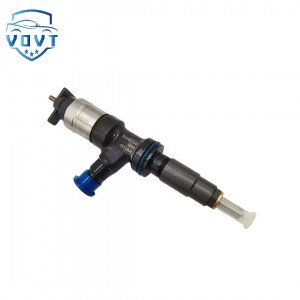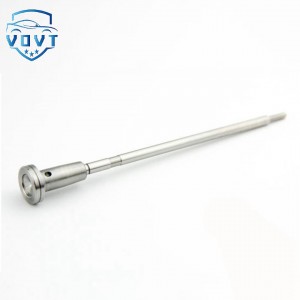Abstract
The precise motion of the needle valve inside a fuel injector plays a decisive role in determining the timing, pressure, and atomization quality of fuel injection. However, due to the strong coupling between the needle dynamics and the unsteady fuel flow, traditional simplified models cannot accurately predict transient injection characteristics. This study establishes a fully coupled dynamic model integrating the mechanical motion of the needle valve with the fluid dynamics of the high-pressure fuel to analyze the interactive mechanism between the two processes.
The model combines fluid–structure interaction (FSI) and transient dynamic simulation, where the needle valve is treated as a moving boundary, and the flow domain is solved using computational fluid dynamics (CFD). The governing equations account for fuel compressibility, cavitation formation, and pressure oscillations during the injection cycle. Meanwhile, the needle motion equation incorporates electromagnetic actuation forces, spring preload, hydraulic damping, and impact effects between the valve needle and seat.
Simulation results reveal that the needle lift profile and response delay have a direct influence on the injection rate and spray stability. When the needle opening speed increases by 20%, the peak injection pressure rises by 9.5%, while the duration of cavitation decreases significantly. Conversely, unstable closing dynamics lead to secondary injection and pressure rebound at the end of injection. The coupled analysis demonstrates that optimizing needle mass, seat angle, and damping clearance can effectively balance fast response with smooth pressure transition.
To validate the simulation, an experimental injector test system with laser displacement sensing and fuel rate measurement was developed. The measured needle motion and injection pressure curves showed strong agreement with simulation results, with errors within ±4%. The study provides a theoretical foundation for improving injection precision, atomization performance, and wear resistance in advanced diesel injectors.
Keywords: injector nozzle, needle valve, dynamic coupling, fuel injection process, FSI simulation, transient response





















